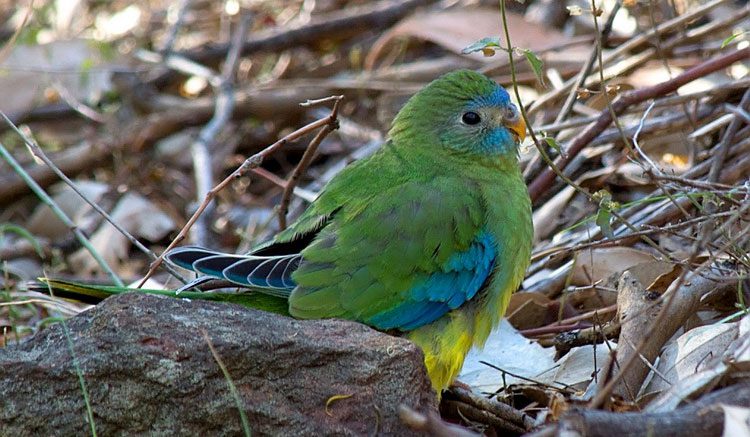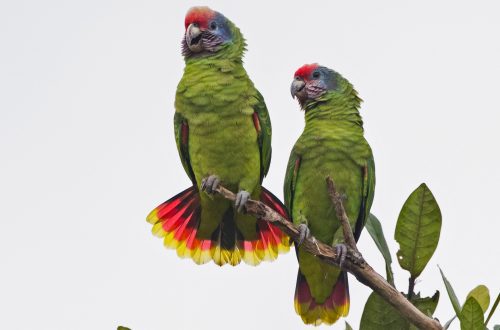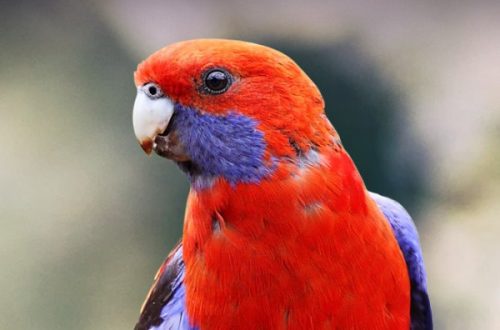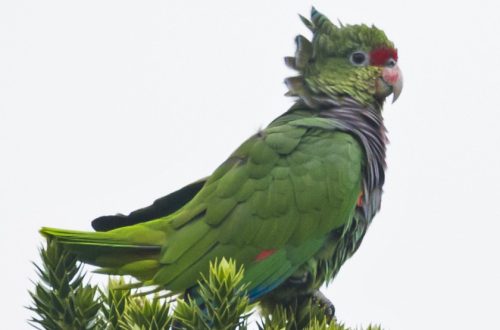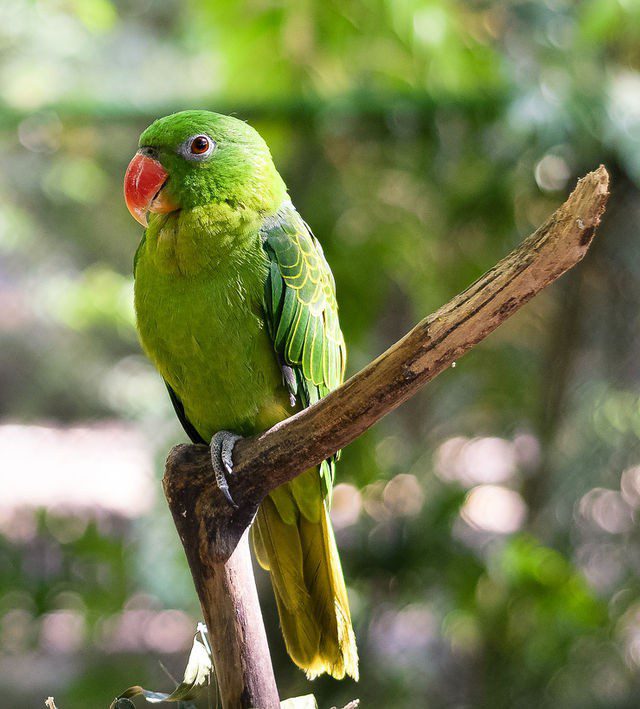
Azure grass parakeet
Contents
Azure Parrot (Neophema pulchella)
| Order | Parrots |
| family | Parrots |
| Race | grass parrots |
APPEARANCE OF THE AZURA PARROT
Azure grass parrots are small long-tailed birds with a body length of about 20 cm and a tail of 11 cm, weighing up to 36 grams. Males and females are colored differently. The upper part of the body of the male is colored grassy-green, the lower part of the abdomen is yellow-green. The “front” part of the head and the upper part of the wings are painted bright blue. The shoulders are brick red, with a red stripe on the wings. The tail and tail feathers in the wings are dark blue. The females are more modestly colored. The main color of the body is green-brown, there are blotches of blue on the head and wings, but the color is more blurred. Females have white spots on the inside of the wings. The paws are pink-gray, the beak is gray, the eyes are gray-brown.
HABITAT AND LIFE IN THE NATURE OF THE AZUR GRASS PARROT
The world population of azure grass parrots has more than 20.000 individuals, nothing threatens the population. The species lives in southeastern Australia, from southeastern Queensland, from south to east and north of Victoria. They keep at an altitude of about 700 m above sea level in the lowlands, in pastures and meadows, in forests, along river banks, in gardens, and visit agricultural lands. Found in small flocks feeding on the ground. They often spend the night in large flocks. They feed on the seeds of various herbs and plants. Under favorable conditions, they can breed twice a year. Nesting period August-December, sometimes April-May. They nest in cavities and voids of trees, in crevices of rocks, in human buildings, often the nesting chamber is located at a decent depth of up to 1,5 meters. The female brings plant material to the nest, inserting it between the tail feathers. The clutch usually contains 4-6 eggs, which are incubated only by the female for 18-19 days. The chicks leave the nest at the age of 4-5 weeks. For a few more weeks, parents feed their chicks until they are completely independent.
MAINTENANCE AND CARE OF THE AZURA GRASS PARROT
In captivity, azure grass parakeets are quite pleasant birds. Unlike most parrots, he has a quiet and melodic voice, they live long. However, they do not have the ability to imitate speech. And, despite their small size, these birds will require more space to keep than other small parrots. In Europe and countries with warm winters, they can be kept in open enclosures. At home, provide a bird cage at least suitable for an average parrot, but an aviary is the best solution. It should not be located in a draft, away from heaters and direct sunlight. In the aviary, it is necessary to install perches with bark of the desired diameter at different levels. The cage should have feeders, drinkers, bathing. For the entertainment of parrots, swings, ropes are suitable, caps and hoarders located on the floor are a great idea. These parrots are very fond of digging in the ground in nature, so they will really like such entertainment at home. This type of parrot should not be kept with other, even larger bird species, as they can behave quite aggressively, especially during the mating season.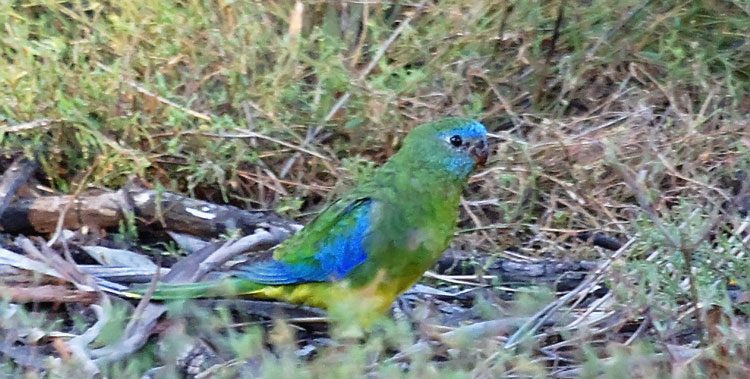
FEEDING THE AZURA PARROT
For azure grass budgies, fine-grained food is suitable. The composition should be: different varieties of millet, canary seed, a small amount of oats, hemp, buckwheat and sunflower seeds. Offer pets Senegalese millet, chumiza and paiza in spikelets. Do not forget about greens, germinated cereal seeds, weed seeds. For greens, offer various types of salads, chard, dandelion, wood lice. The diet should also include a variety of fruits, berries and vegetables – carrots, beets, zucchini, apples, pears, bananas, etc. With pleasure, the birds will gnaw on branch food. The cell should have sources of minerals, calcium – sepia, mineral mixture, chalk.
BREEDING AZUR PARROT
In order for the azure grass parrots to have offspring, they need to create the appropriate conditions. Breeding is best done in an aviary. Before hanging the house, the birds must fly a lot, be in the appropriate condition, not be relatives, molt. The minimum age for breeding is not less than a year. To prepare for breeding, the daylight hours are gradually increased, the diet is diversified, protein feed is introduced, the birds should receive more germinated grain. After two weeks, a house with dimensions of 20x20x30 cm and an entrance of 6-7 cm is hung in the aviary. Hardwood sawdust should be poured into the house. After the female lays the first egg, animal protein must be removed from the diet, and returned only when the first chick is born. After the chicks leave the house, they are usually very shy. Therefore, when cleaning the aviary, all movements should be neat and calm. After the young individuals become independent, it is better to transfer them to another enclosure, as the parents may show aggression towards them.



